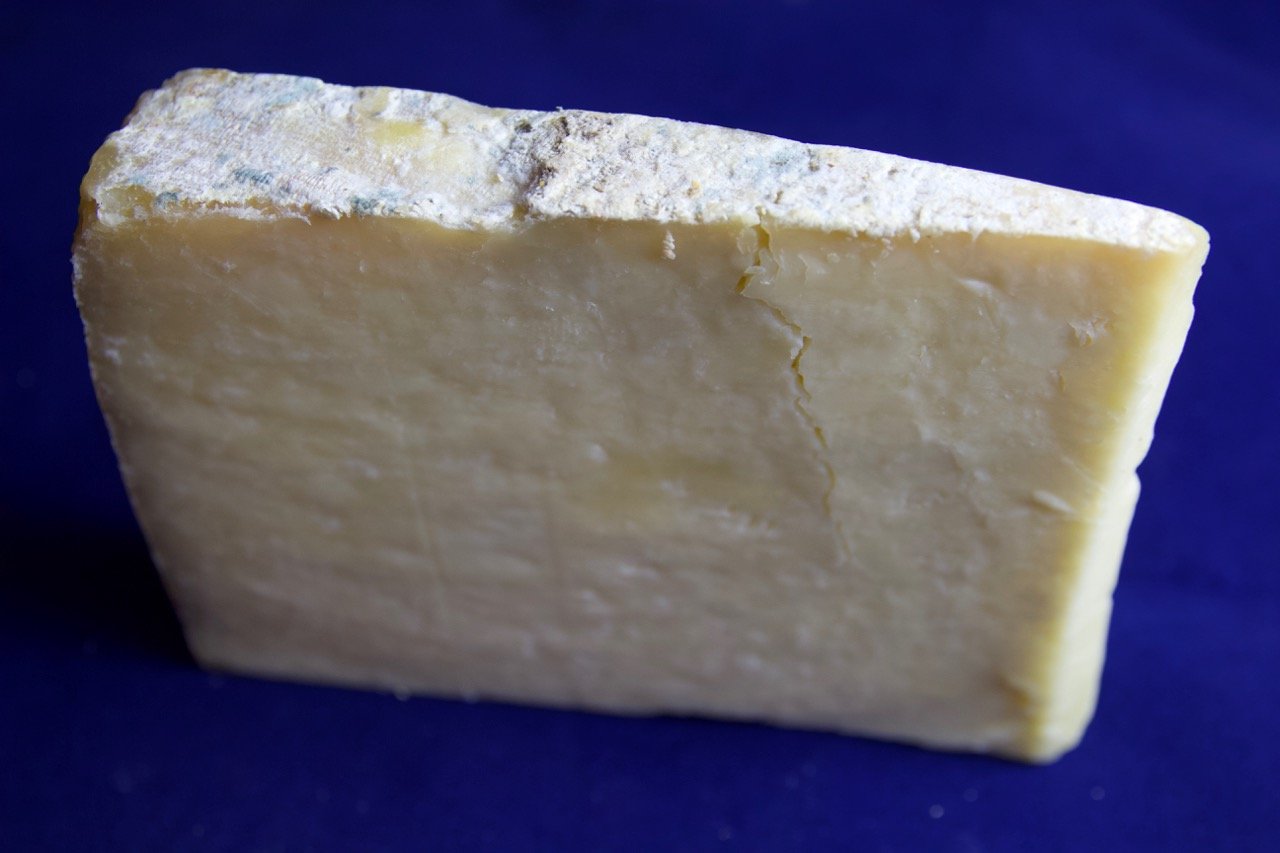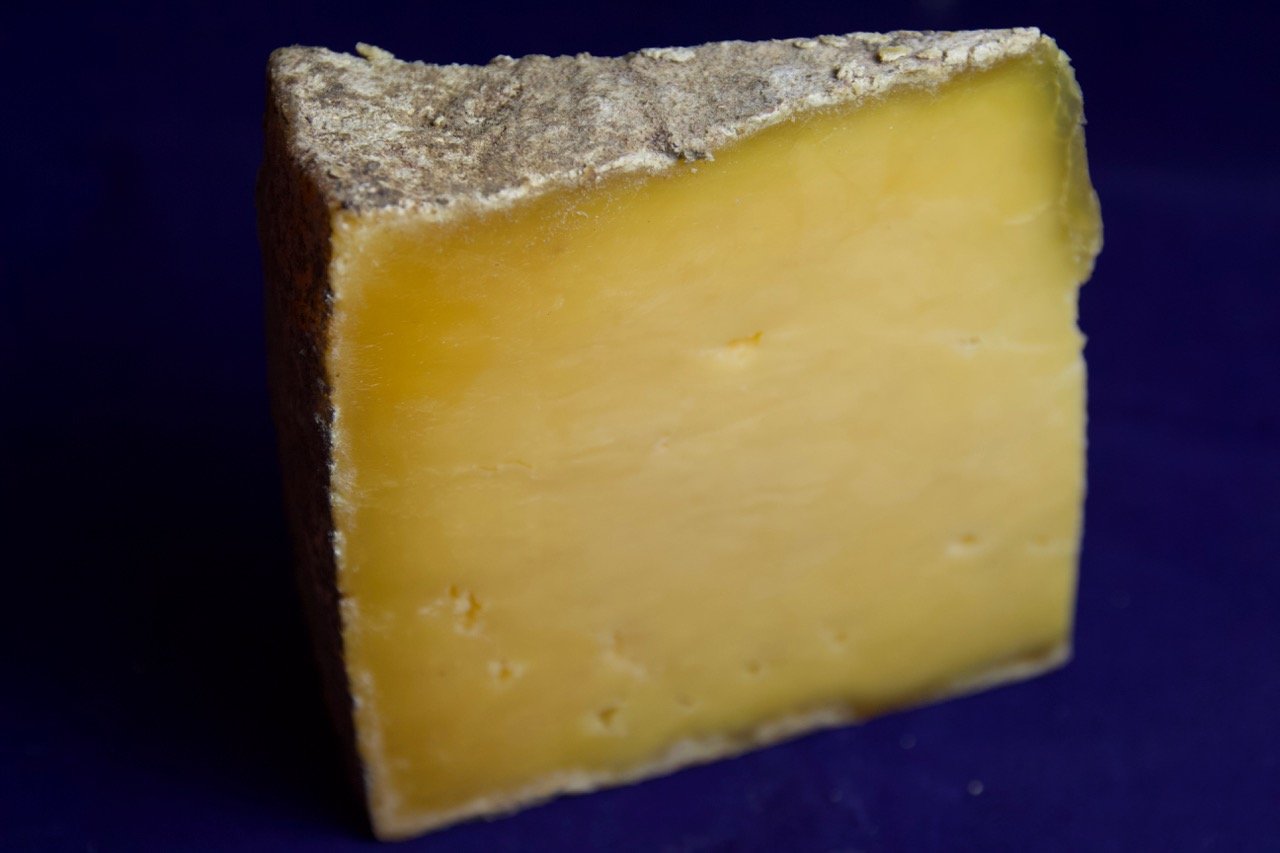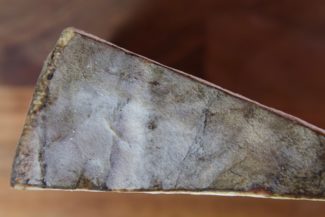Most countries have some indigenous cheeses, in Britain they are called territorials and they probably represent the style of cheese you associate with Britain in general and England specifically. They have gained the term “territorial” because they are named after the area they come from, or in some instances the area they originally came from. Firm, crumbly with a certain acidity and excellent for making cheese toasts. Some of them quite pale, as Brits in general, no offense, while others have annatto added to liven them up a bit. They are generally underestimated, specially by me for the last forty years, during which I have hardly tasted them. There is a story behind that. But now, British territorials re-tasted.

My story
I read management sciences at the University of Manchester way back in the late seventies. Good times with a favorable rate of exchange and a modest 25 p for a pint of real ale. Real ale, as far as I am concerned, was and still is Bitter. Some would say this beer oftentimes taste like water and is low in alcohol, which both suits me fine, actually. My first year in Manchester I stayed in a hall of residence, at the campus, like most freshers, while the rest of the time I lived in a chic flat by the River Mersey in Manchester’s West-Didsbury.
England, or Britain in general was not known for their cuisine, reviled as it was, and sometimes is, even today. Lunch in a countryside pub used to be charming and still is, even though the quality not always was on top. But a Ploughman’s is pretty safe. And then there was the cheese sandwiches. My stove had a special grill right in the front, for making toasts. Cheese toasts included, of course. Turn it on, put the toast in and wait for a few minutes and out came the most wonderful cheese toast. But as it was, even then, without being a turophile, the cheeses appeared rather boring. Vacuum packed, bought at Tesco or Safeway. They were Lancashire, Leicester and Red Leicester, Cheshire and so on. Industrially made cheeses all of them. So when I packed my stuff and went home after graduation, I was pretty fed up with British cheese and hardly tasted any for the next almost forty years. Until now that is.

What has happened?
A lot, and I am not going into details. The artisan dairies have probably been there all the time, but usually very local and with a limited market. For that reason they have also decreased in numbers. But someone had a “wake-up call”. Started to care for the small scale cheese makers and gave them a market, bigger than their immediate surroundings. This is not only thanks to Neal’s Yard, there have been others as well concerned with the same issues. With a domestic market and someone who could supervise, something was bound to happen. That’s the reason why British territorials have seen a revival and now represent cheese you really should try. They still work on a toast, but much better, so fun having a cheese toast that really tastes cheese.

Which of the territorials are they?
Let’s start with Sparkenhoe’s Red Leicester. A fantastic cheese with a lot of taste. Actually available here in Norway, but I do not know about the rest of the world. For the others it might just be you have to go to Britain to get, but that’s a good excuse. Kirkhams Lancashire is farmstead cheese from, you guessed, Lancashire. There are other farm dairy varieties of this, but only the Kirkham is made from raw milk. Cow’s milk that is.
Then we have the Gloucesters; Single and Double respectively. From Gloucestershire of course and made from raw milk, well not necessarily, but ask for those varieties. As much milk from Old Gloucester cows as possible. The Double Gloucester is made from full fat milk and have annatto added, while the Single Gloucester is made from a blend of skimmed milk from the evening milking and full fat milk from the morning milking. The annatto added to the Double Gloucester is mostly to distinguish them. Single Gloucester has a PDO, by the way. It’s the Double Gloucester that is used for the annual cheese wheel rolling competition in Coopers Hill, Gloucestershire; every second Monday May Bank Holiday.
So what abut Cheddar? Well, Cheddar is Cheddar, but there are other territorials as well, just glance here. If you start with those mentioned above, you can work yourself through the rest later.
To drink
Depends. If you’re at a traditional pub, have a real ale. From a quality perspective, a pint is probably a much better choice than wine. Cider too, from apple or pear.
